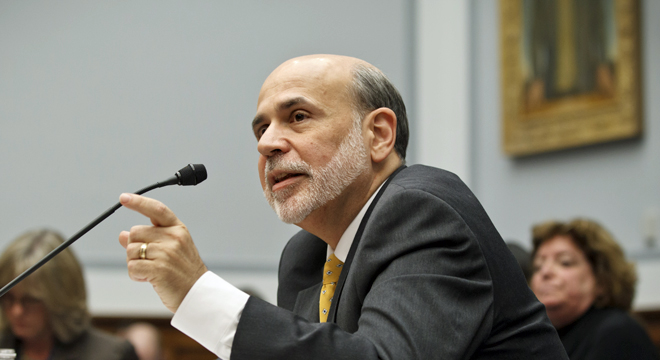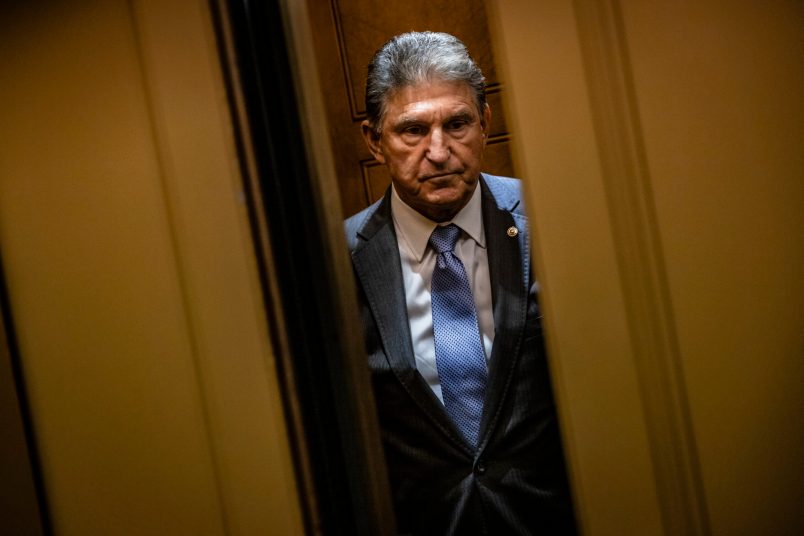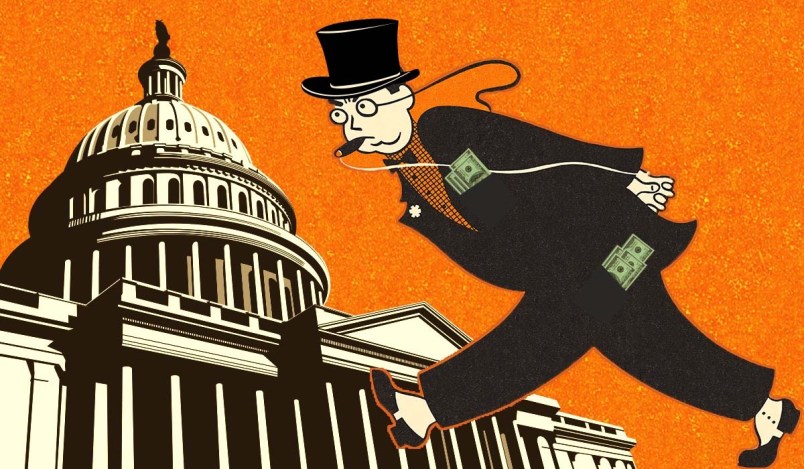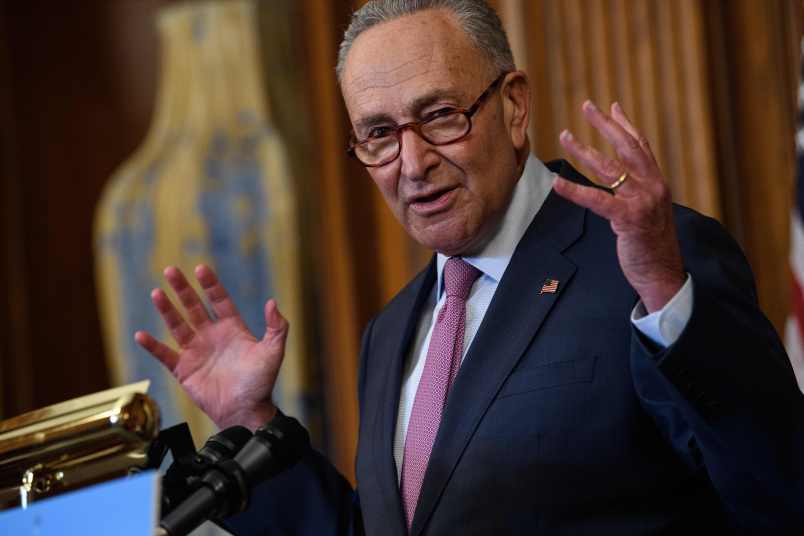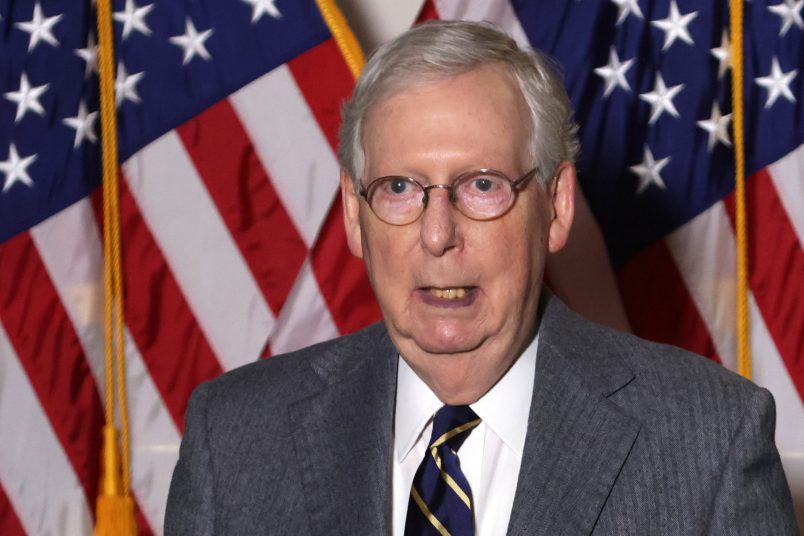Fed-watchers have been hounding the central bank for months to take more aggressive steps to strengthen the economy.
On Thursday, the Fed agreed. In a significant departure from previous policy, the Fed unveiled a new asset purchasing program — an open-ended twist on previous rounds of defined quantitative easing — and announced that monetary policy will remain loose until well after economic recovery takes hold.
“To support a stronger economic recovery and to help ensure that inflation, over time, is at the rate most consistent with its dual mandate, the Committee agreed today to increase policy accommodation by purchasing additional agency mortgage-backed securities at a pace of $40 billion per month,” reads the Federal Open Market Committee’s statement.
If the outlook for the labor market does not improve substantially, the Committee will continue its purchases of agency mortgage-backed securities, undertake additional asset purchases, and employ its other policy tools as appropriate until such improvement is achieved in a context of price stability. In determining the size, pace, and composition of its asset purchases, the Committee will, as always, take appropriate account of the likely efficacy and costs of such purchases.
To support continued progress toward maximum employment and price stability, the Committee expects that a highly accommodative stance of monetary policy will remain appropriate for a considerable time after the economic recovery strengthens. In particular, the Committee also decided today to keep the target range for the federal funds rate at 0 to 1/4 percent and currently anticipates that exceptionally low levels for the federal funds rate are likely to be warranted at least through mid-2015.
The new policy represents a major break from previous policy statements, which conditioned monetary stimulus on the economy remaining weak. It commits the Central Bank to keeping money cheap even once the recovery really takes hold, which many leading economists believe will stimulate consumption and investment.
However, the year-long stretch since the Fed’s last big policy shift — known colloquially as Operation Twist — and the two-year stretch since its last quantitative easing program, raise questions about why aggressive steps weren’t taken sooner.
Republicans were swift to criticize the development, and characterize it as a consequence of Obama’s poor stewardship of the economy.
“There is no clearer indication than today’s Fed action that after 3 ½ years, the president’s economic policies continue to fail,” said Rep. Jeb Hensarling (R-TX), chair of the House GOP conference, in an official statement. “At a time of negative real interest rates and trillions in excess reserves, there is little which monetary policy can achieve today to promote economic growth and much the Fed risks by today’s announcement…. There are limits to what monetary policy can achieve, and it’s clear the Fed has reached them.”
Democrats’ response was more muted but positive. “The Fed is fulfilling its obligation to take action to address unemployment,” said Sen. Chuck Schumer (D-NY). “Now congressional Republicans need to fulfill theirs.”





